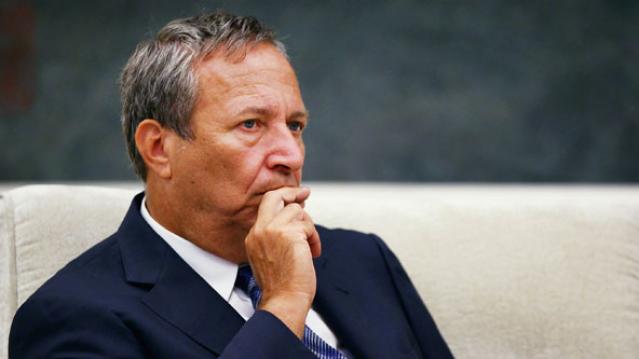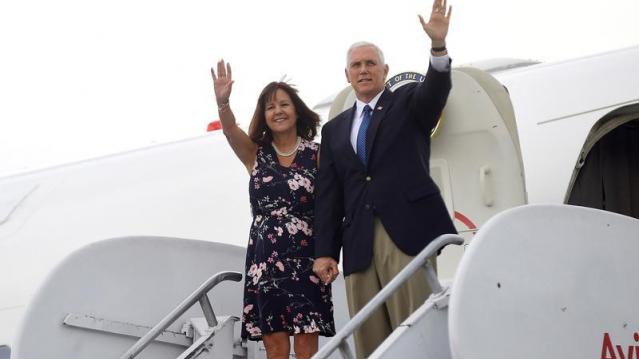The Woefully Distorted Federal Policies on Child Abuse
Here’s something just in from the world of grossly distorted government policy:
Every year, roughly 680,000 children are reported victims of neglect or abuse by their parents in this country – a tragic statistic reflective of troubling societal, psychological and economic problems. Even worse, 1,520 children died from maltreatment in 2013, nearly 80 percent of them at the hands of their own parents.
Related: Feds Blow $100 Billion Annually on Incorrect Payments
Federal and state authorities over the years have developed a large and costly system for reporting and investigating maltreatment, removing endangered children from their homes, and preventing and treating problems of parents and children.
But as a new study touted on Wednesday by the Brookings Institution concludes, the federal government provides states with far more money to support kids once they have been removed from their homes and placed in foster care than it provides for prevention and treatment programs to keep the kids out of foster homes in the first place.
And the disparity is startling.
Two of the largest grant programs in Title IV-B of the Social Security Act provide states with funding totaling around $650 million annually for “front end” services designed to prevent or treat parent and child problems that contribute to abuse and neglect. They address problems such as substance abuse, family violence and mental health issues.
Related: Time to Stop Social Safety Net Child Abuse
Yet another series of programs in Title IV-E of the Social Security law provides states with open-ended funding that totaled about $6.9 billion in 2014. Those funds pay almost exclusively for out-of-home care for children from poor families, along with the administrative and training expenses associated with foster care, adoption, and guardianship.
That’s a 10 to 1 disparity in funding for the two efforts – one to try to hold families together and the other to move children out of their homes and into foster care.
“Congress has the opportunity to change the funding formula under Title IV of the Social Security Act so that states have the flexibility to put money where it will be most effective at keeping at-risk children safe, ensuring that they have a permanent home, and promoting their well-being,” wrote Ron Haskins, Lawrence M. Berger and Janet Currie, the authors of the study.
In their policy brief, “Can States Improve Children’s Health by Preventing Abuse and Neglect,” Haskins, a Senior Fellow in Economic Studies at Brookings, Currie of Princeton University and Berger of the University of Wisconsin-Madison, write that revising the grant programs could improve the welfare of children who are at risk of abuse or neglect.
This is something else that lawmakers might consider later this year when they begin to focus on disability insurance and other programs within the Social Security law.
Quote of the Day - October 16, 2017
Speaking at a cabinet meeting on Monday, President Trump said:
"Obamacare is finished, it's dead, it's gone ... There is no such thing as Obamacare anymore."
Click here for the video.
Poll: Trump Tax Cuts Favor the Wealthy; Deficit Should Be Higher Priority
Trump and the GOP still have work to do if they want to convince Americans that their tax plan won’t mostly help the rich. A CBS News Nation Tracker poll released Sunday finds that 58 percent say the tax reforms being discussed favor the wealthy, while 19 percent say it treats everyone equally and 18 percent say it favors the middle class.
The poll also found that 39 percent say that cutting the deficit should be a priority, even if it means taxes stay the same. About half as many people said cutting taxes should be prioritized even if the deficit rises.
The poll, conducted by YouGov, surveyed 2,371 U.S. adults between October 11 and 13. Its margin of error is 2.5 percent.
Coporate Tax Cut Could Be Phased In
House tax writers (at least some of them) are worried that slashing the corporate tax rate found will push the deficit higher in a hurry – an analysis by the Tax Policy Center found that cutting the rate to the stated goal of 20 percent would cost $2 trillion over a decade. One way to soften the fiscal blow would be to phase in the reduction over three to five years. House Republicans say such an approach would reduce the size of the lost revenue by half.
Larry Summers: GOP Tax Claims Are 'Made-Up'

Former U.S. Treasury Secretary Lawrence Summers isn't happy with the Republican tax plan, and it's not just because he has a different set of ideas as a Democrat. More fundamentally, he says Republicans are making false claims: “When you have -- and I hate to be in a position of using this word about our government -- when you have senior economic officials making claims that are made-up ... it’s very hard to have a dialogue, and compromise, and get to a good place.”
Summers is also worried about the effects of a tax cut for the rich during a time of considerable social turmoil: “There’s a lot of unhappiness and anger out there … It’s really hard to see why focusing a corporate tax cut on those at the very high-end is going to do much to assuage that anger.”
How Much Did Mike Pence’s NFL Walkout Cost Taxpayers?

Vice President Mike Pence’s decision to attend an NFL game between the Indianapolis Colts and San Francisco 49ers yesterday and then leave after some 49ers players kneeled during the national anthem was quickly criticized by some as a planned piece of political theater — and a somewhat expensive one at that. “After all the scandals involving unnecessarily expensive travel by cabinet secretaries, how much taxpayer money was wasted on this stunt?” Rep. Adam Schiff (D-CA) tweeted Sunday afternoon.
The answer, CNN reports, is about $242,500: "According to the Air Force, flying a C-32, the model of plane used for Air Force 2, for one hour costs about $30,000. Pence's flight from Las Vegas to Indianapolis Saturday took about three hours and 20 minutes, so it cost about $100,000. Pence then flew from Indianapolis to Los Angeles on Sunday, which took about four hours and 45 minutes, costing about $142,500."
President Trump defended Pence’s trip, tweeting that it had been “long planned.” CNN also reports that some of the costs of Pence's flight from Indianapolis to Los Angeles will be paid back by the Republican National Committee because the vice president is attending a political event there.
